高温高速摩擦试验机的设计
销盘式高温高速摩擦磨损试验机的设计【优秀】【7张CAD图纸】【毕业设计】
【word文档包含:外文翻译,43页@正文17000字】【详情如下】【需要咨询购买全套设计请加QQ1459919609】.bat
丝杆螺母副传动部分A2.dwg
主轴A3.dwg
带轮A3.dwg
总装配图A0.dwg
支架A4.dwg
横梁A4.dwg
煤矿业带式输送机几种软起动方式的比较外文文献翻译.doc
箱体A1.dwg
销盘式高温高速摩擦磨损试验机的设计.doc
目录
第一章 绪论2
1.1本课题研究的目的和意义2
1.2国内外研究概况3
1.3 发展趋势9
1.4 小结9
第二章 摩擦磨损试验机的影响因素10
2.1试验条件的影响;10
2.2、试验负荷的影响;13
第三章 方案设计、分析与比较16
3.1 试验机的整体分析16
3.2 设计方案的制定16
3.3 方案比较20
第四章 摩擦磨损试验机结构设计的相关计算22
4.1、试验机的主要性能指标的确定22
4.2试验机的主传动系统的相关计算22
4.2.1电机选择:22
4.2.2同步带传动的计算:24
4.2.3主轴计算:28
4.2.4、主轴上键的强度校核:30
4.2.5、横梁的强度校核:30
4.2.6、丝杠螺母副的相关计算:30
4.2.7、轴承的校核:31
第五章 摩擦磨损试验机的结构设计34
5.1、磨损试验机的整体结构34
5.2、箱体的结构设计35
5.3、横梁的设计35
5.4、支架的设计:36
5.5、摩擦销的结构设计:37
5.6、摩擦盘夹持器的设计:37
第六章 结 论38
致谢39
参考文献40
附录:外文翻译41
高温高速摩擦试验机
摘要:摩擦学是一门实践性很强的应用科学,在国内的相关研究中广泛使用的试验机有滚子式磨损试验机、四球式摩擦磨损试验机、往复式摩擦磨损试验机、切人式摩擦、磨损试验机、盘销式摩擦磨损试验机等。摩擦磨损试验的目的是为了对摩擦磨损现象及其本质进行研究,正确地评价各种因素对摩擦磨损性能的影响,从而确定符合使用要求的摩擦副元件的最优参数。高温高速摩擦磨损试验机是进行高温高速摩擦磨损试验的有效设备,广泛运用于对各种高速刀具的高温摩擦磨损性能进行测试和评价,是高速切削和新型刀具材料研制开发和应用的必备设备。该设备是高速加工和刀具材料研究方向研究工作急需的基础设备,该设备可以扩展该学科的研究领域和提高研究水平。
关键词:摩擦、试验机、高温、高速
High-temperature high-speed friction tester
Abstract: Friction is a very practical application of scientific research in China is widely used in a roller-type testing machine abrasion tester, four-ball friction and wear tester, reciprocating friction and wear test machine, cutting people friction and wear test machine, disc pins and other friction and wear test machine. The purpose of friction and wear tests on the friction and wear in order to study the phenomenon and its essence, the correct assessment of the various factors on the friction and wear properties to determine compliance requirements of the friction pair components using the optimal parameters. High temperature friction and wear tester is heat-efficient high-speed friction and wear test equipment, widely used in various high temperature friction and wear properties of tool to test and evaluation, and new high-speed cutting tool material developed and applied the necessary equipment . The device is a high-speed machining and cutting tool material research studies needed infrastructure, the device can be extended to the subject of basic research and research level.
Key words: friction testing machine, high temperature, high-speed
第一章 绪论
1.1本课题研究的目的和意义
摩擦学是一门实践性很强的应用科学,研究材料摩擦磨损行为一般需要借助摩擦磨损试验机测量摩擦副的摩擦磨损特性等一系列参量。在国内的相关研究中广泛使用的试验机有滚子式磨损试验机、四球式摩擦磨损试验机、往复式摩擦磨损试验机、切人式摩擦、磨损试验机、盘销式摩擦磨损试验机等。
随着冶金、矿山、电力以及工程机械等行业的发展,人们对磨损危害的认识有了相当的提高。为了弄清磨损机理以减少有害的磨损,各国学者对材料在常温下的各种磨损问题均进行了大量的研究,但对于材料在高温下的磨损问题至今却研究的较少,这和高温磨损试验装置的缺乏不无关系。1910年第一台磨料磨损试验机即以问世,1975年美国润滑工程师学会(ALSE)编著的“摩擦磨损装置”一书中所公布的不同类型的摩擦磨损试验机也有上百种,但其中大部分都是常温磨损试验机[1]。近几十年来,磨损试验机和试验方法虽然有了较大的发展,但这些试验机大多还是由企业和研究工作者根据工作需要和实际工况自行设计制造的,如高温磨料磨损试验机,适合高分子及其复合材料试验用的高温摩擦磨损试验机等。只有少数试验机是由专门的试验机厂或仪器制造公司制造和供应的,而且这些试验机大都结构复杂,价格较贵,这说明了磨损问题的复杂性和进行实验室磨损试验研究的困难所在。
摩擦磨损问题存在于人类物质活动的各个方面。在汽车、发电、设备、冶金、铁道、宇航、电子和农机等各方面的机械都大量存在着摩擦学的问题。据估计,全世界约有1/2- 1/3的能源以各种形式消耗在摩擦上,如果从摩擦学方面采取正确的措施,就可以大大节约能源消耗。磨损是机械零部件3种主要的失效形式之一,所导致的经济损失是巨大的,大约有80%的机械零件由于各种磨损导致失效。特别是随着物质文明的进步和工业技术现代化的发展,机械设备的开发使用普遍趋于重载、高速、高效率化,如何控制和改善机械的摩擦磨损状况、提高其使用寿命和工作可靠性,已成为机械工业技术人员必须关注的问题,并促使其研究不断的深入和发展。
这些摩擦试验机多采用静态选位法观察摩擦试件,虽然简单易行,但不能获得摩擦过程的动态信息,更不能对磨损(摩擦)过程进行动态观测及动态数据记录;另外由于受到试验机转速的限制,摩擦副相对运动的速度大多较低(一般不超过10m/s )。然而现代机械装备中许多摩擦副的相对滑动速度相当高,如高速 列车运行时的速度约为300km/h,制动时制动盘与刹车片之间摩擦速度为60~70m/s.而目前还未曾见到可用于高速条件下数据动态测量所需的商用摩擦磨损试验机。
摩擦磨损试验的目的是为了对摩擦磨损现象及其本质进行研究,正确地评价各种因素对摩擦磨损性能的影响,从而确定符合使用要求的摩擦副元件的最优参数。摩擦磨损试验研究的内容非常广泛,如探讨摩擦、磨损和润滑机理以及影响摩擦、磨损的诸因素,对新的耐磨、减磨及摩擦材料和润滑剂进行评定等。由于摩擦磨损现象十分复杂,摩擦磨损条件不同,试验方法和装置种类繁多,如何准确地获取摩擦磨损过程中的参数变化成为一个十分重要的研究课题。为了探索和验证机械工程中摩擦磨损问题的机理以及有关影响因素,在摩擦学研究中开展摩擦磨损测试技术和数据分析研究具有非常重要的作用。
高温高速摩擦磨损试验机是进行高温高速摩擦磨损试验的有效设备,广泛运用于对各种高速刀具的高温摩擦磨损性能进行测试和评价,是高速切削和新型刀具材料研制开发和应用的必备设备。该设备是高速加工和刀具材料研究方向研究工作急需的基础设备,该设备可以扩展该学科的研究领域和提高研究水平。
1.2国内外研究概况
摩擦试验机对冶金、矿山、电力以及工程机械等行业的发展有着至关重要的作用,随着目前世界各国科技的飞速发展,各个行业在技术上的突飞猛进摩擦试验机对于各行业的重要性也越来越明显.
目前,世界只有美国、日本、瑞士等少数几个国家有摩擦磨损试验机的专业生产企业,而济南试金集团是国内最早研制和生产摩擦磨损试验机的厂家。早在1964年为了满足我国石油工业和材料工业的发展需要,济南试金集团开始研制MQ-12型四球摩擦试验机,1965年研制成功并投入生产,1966年又研制成功MM-200型磨损试验机,两种试验机的研制成功标志着我国已有了自行研制摩擦磨损试验机的能力。在最近的几年,涌现出了一批新兴生产摩擦磨损试验机的企业,也有不少优质产品面世。
济南竟成测试技术有限公司生产的SFT-2M销盘式摩擦磨损试验机:
仪器工作原理:本试验装置适用于材料表面和材料涂层的摩擦磨损测试。可提供较宽的负载范围和旋转速度。可进行球-盘、栓(销)-盘、盘-盘的不同摩擦副的试验,精确测量在不同摩擦方式下,材料的摩擦系数、磨痕深度及耐磨性,操作简便,测量精度高。
参考文献
[1]武文忠,郝建东,苏俊义.高温磨损试验机的研制.北京:试验技术与试验机,2002,42(1,2),15~17
[2]桂长林,沈健.摩擦磨损试验机设计的基础:Ⅰ[1].摩擦磨损试验机的分类和特点分析。合肥:固体润滑.1990,10(1),48~55
[3]桂长林,沈健.摩擦磨损试验机设计的基础:II摩擦磨损试验机设计方法的研究。合肥:固体润滑。1990,10(2),120~136
[4]杨学军,赵浩峰,赵昕月.高温销盘磨损试验机的研制.太原:太原理工大学学报,2005,36(4),477~479
[5]李霞,许志庆,杨永.高速摩擦磨损试验机的总体设计.北京:中国仪器仪表,2003,19~21
[6]桑可正,金志浩。MPX—2000型盘销式摩擦磨损试验机的改装.北京:机械科学与技术。1999.18(3),470~471,474
[7]何国仁,曾汉民,杨桂成.高温摩擦磨损试验机的研制.北京:北京:试验技术与试验机.1991,31(5),11~16
[8]王斌,蔡兴旺.一种摩擦磨损试验机的设计.北京:农机化研究。2003,10,118~119
[9]冯辛安.机械制造装备设计.北京:机械工业出版社。2004年1月
[10]成大先.机械设计手册(单行本)机械传动.北京:化学工业出版社.2004年1月
[11]成大先.机械设计手册(单行本)机械工程材料.北京:化学工业出版社。2004年1月
[12]成大先.机械设计手册(单行本) 减(变)速器&电机与电气.北京:化学工业出版社.2004年1月
[13]成大先.机械设计手册(单行本)连接与紧固.北京:化学工业出版社。2004年1月
[14]濮良贵、纪名刚.机械设计.北京:高等教育出版社.2007年8月
[15]李凯岭,宋强.机械制造技术基础.济南:山东科技出版社.2005年9月
[16]焦永和,董国耀.机械制图.北京:北京理工大学出版社.2001年7月
[17]周良德、朱泗芳.现代工程图学.湖南:湖南科学技术出版社.2000年6月
[18]罗迎社,材料力学.武汉:武汉理工大学出版社.2004年6月

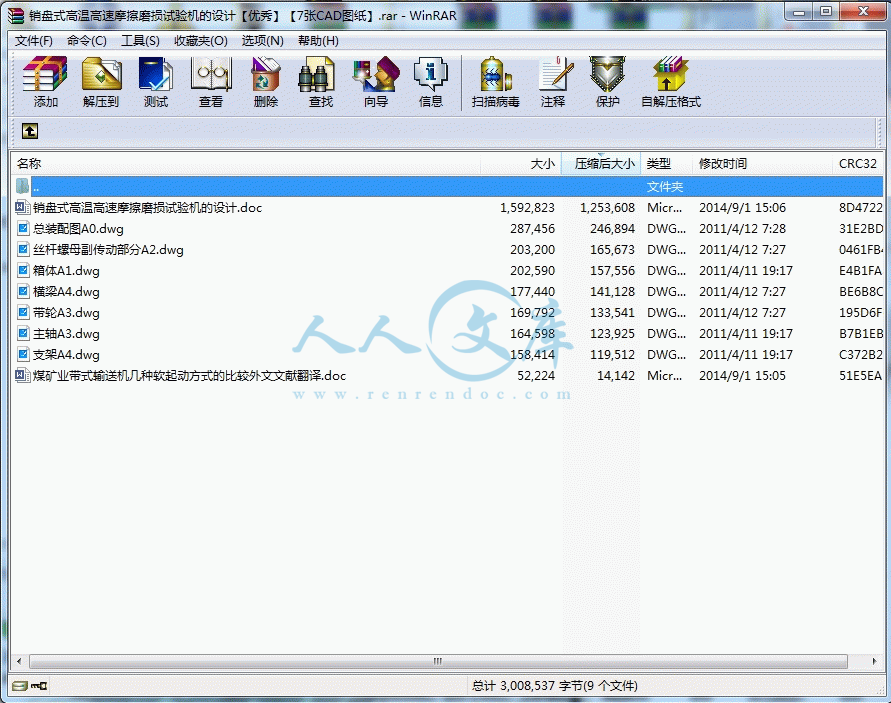


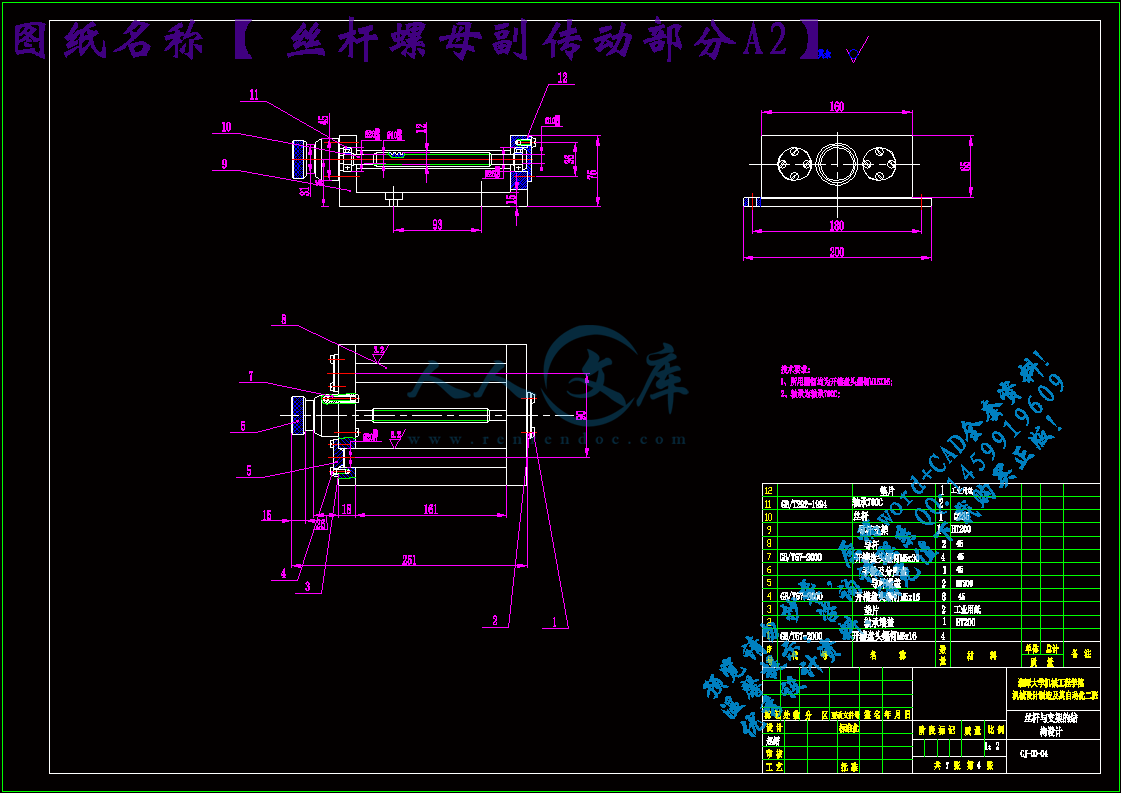
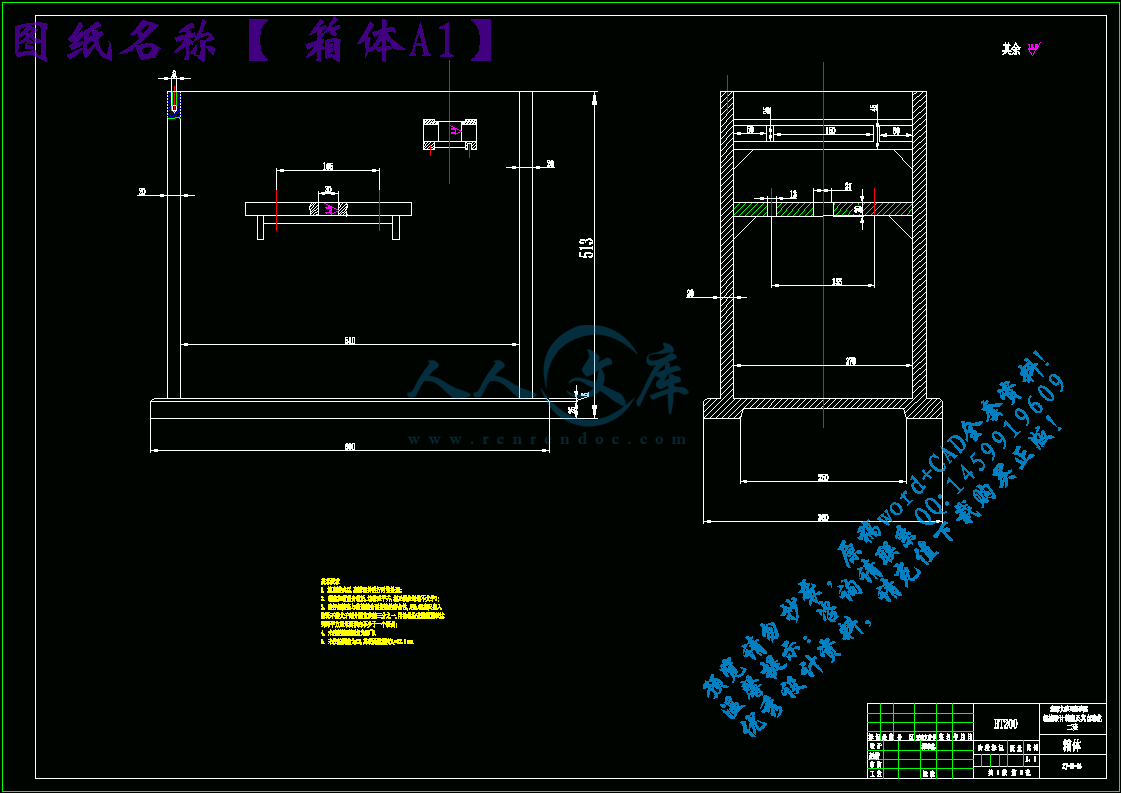
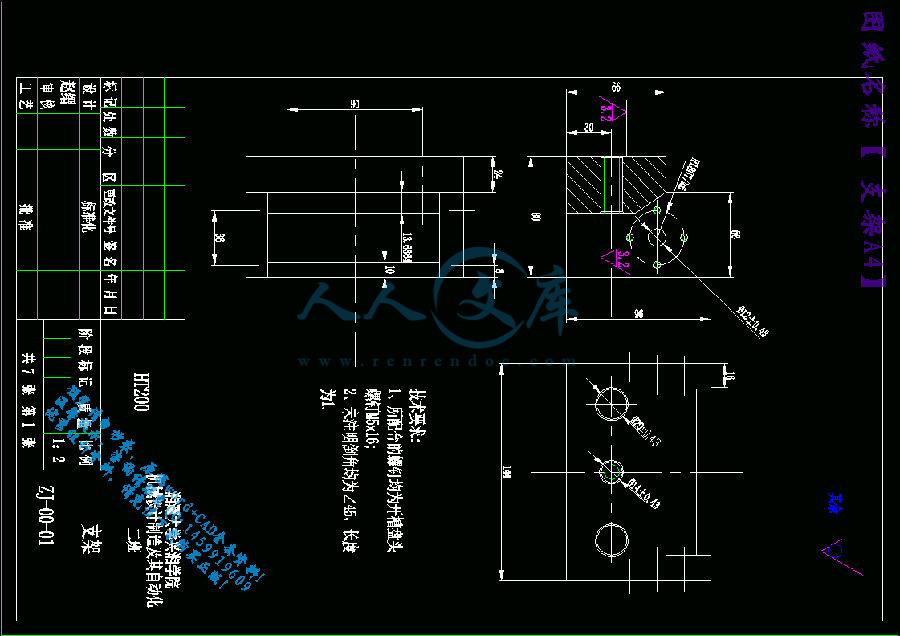
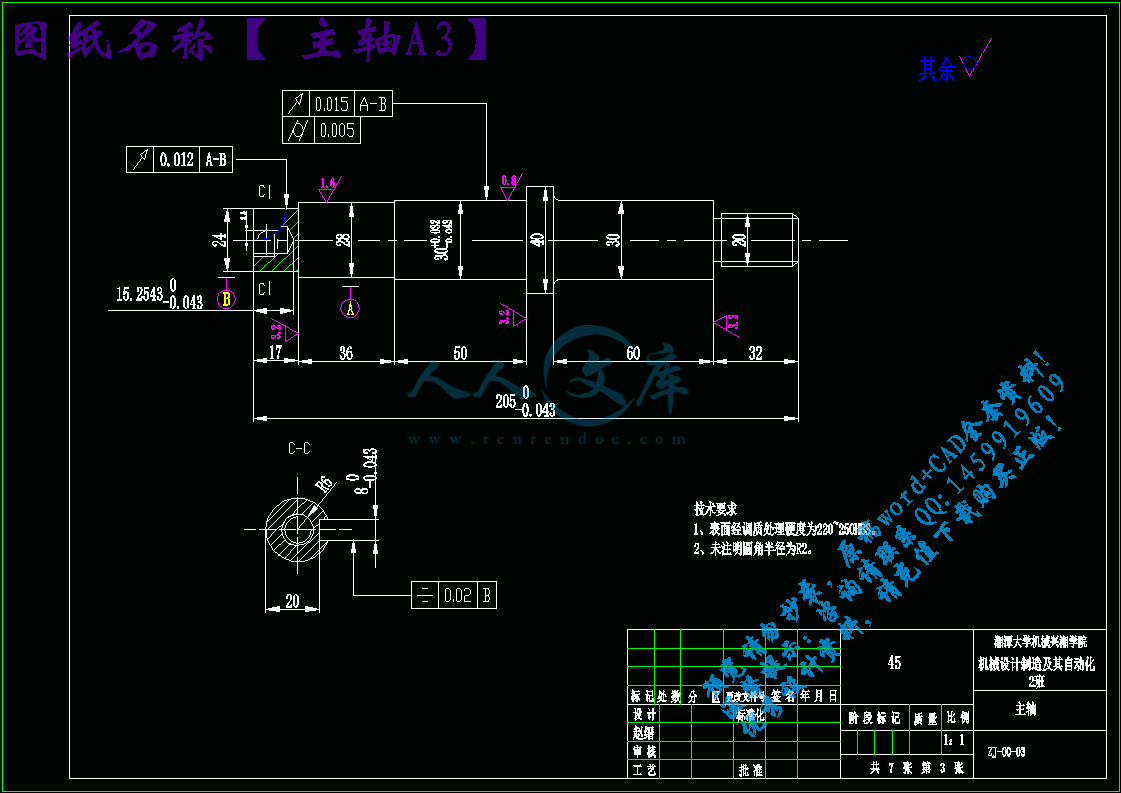
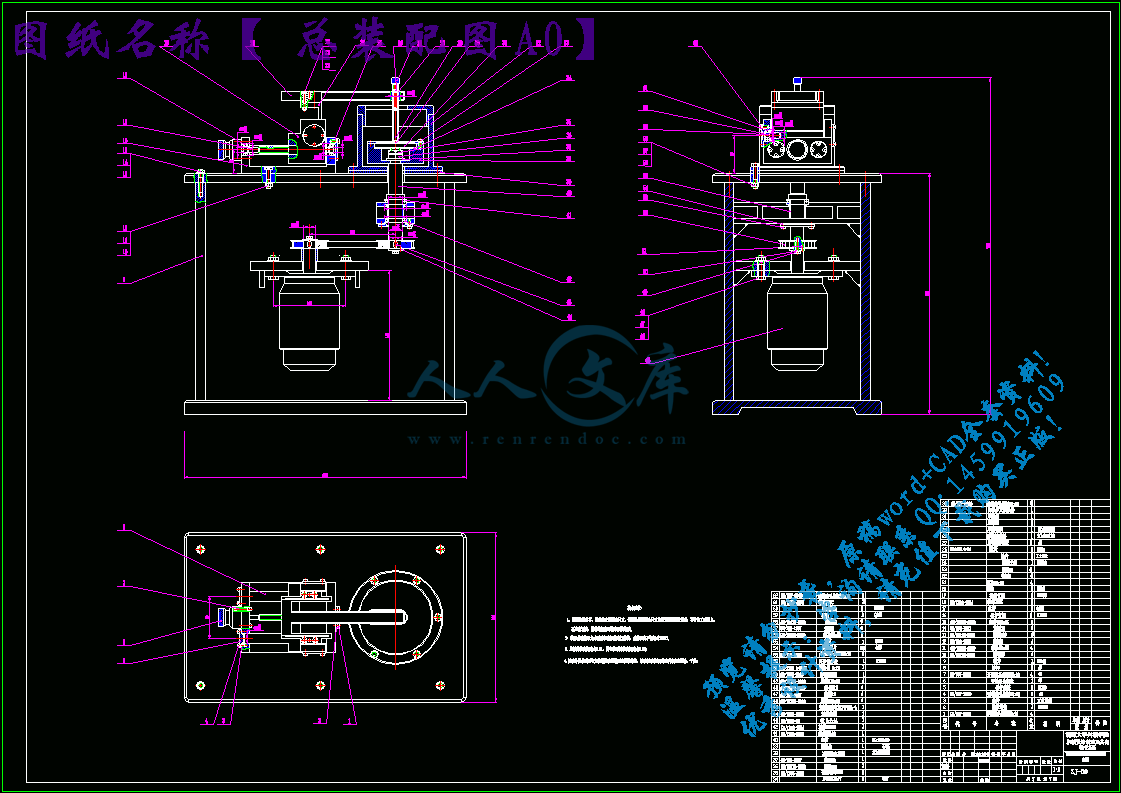
 川公网安备: 51019002004831号
川公网安备: 51019002004831号